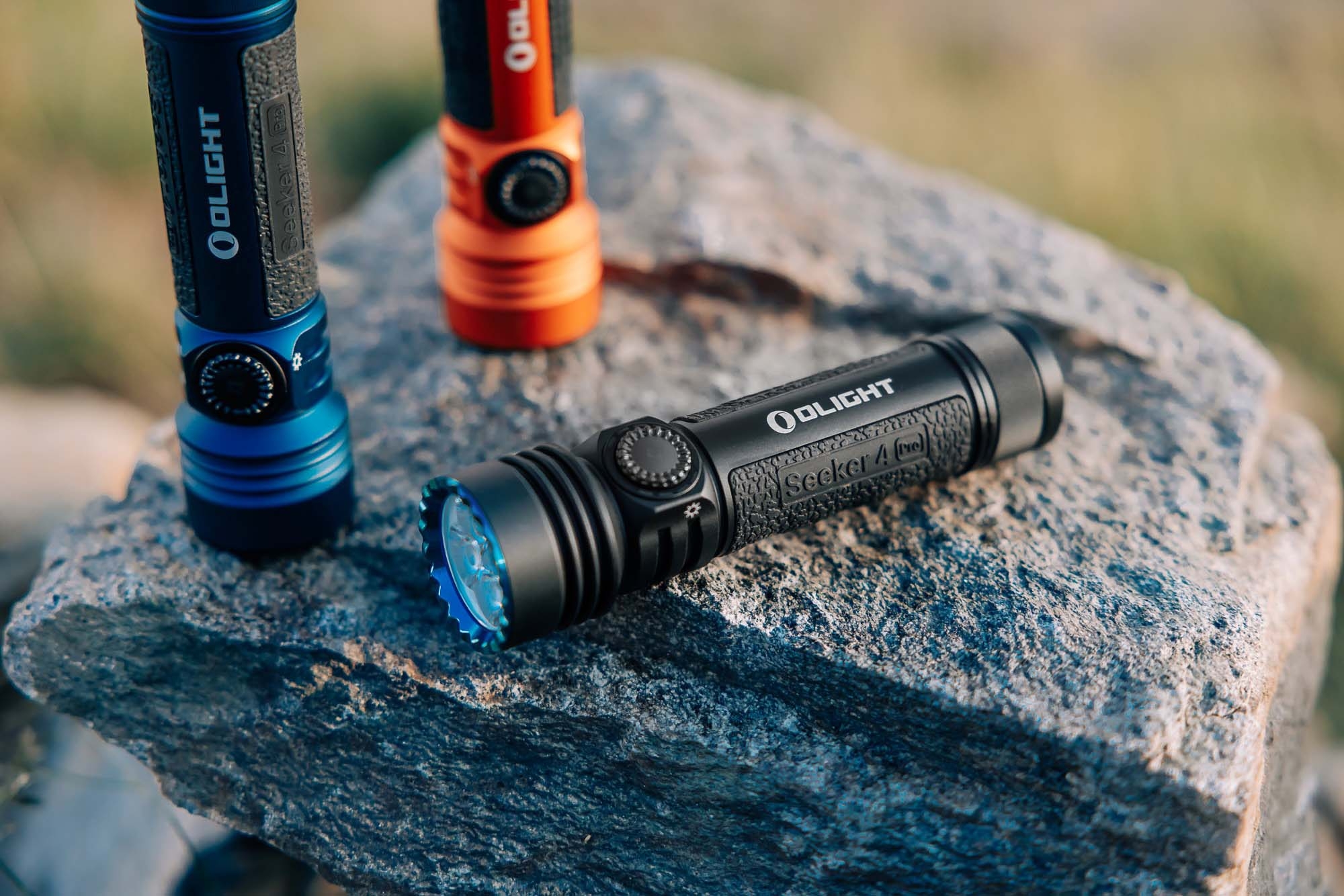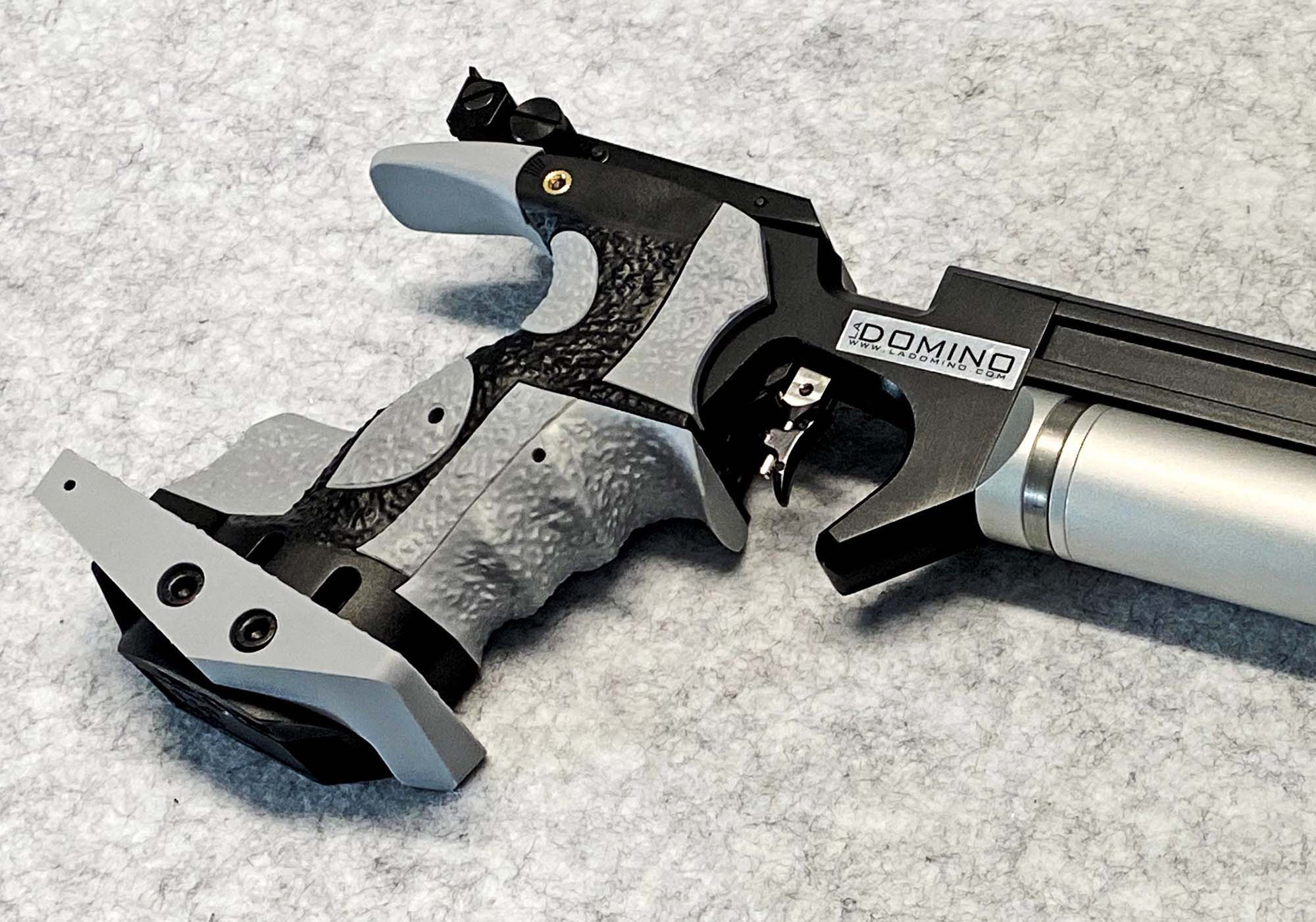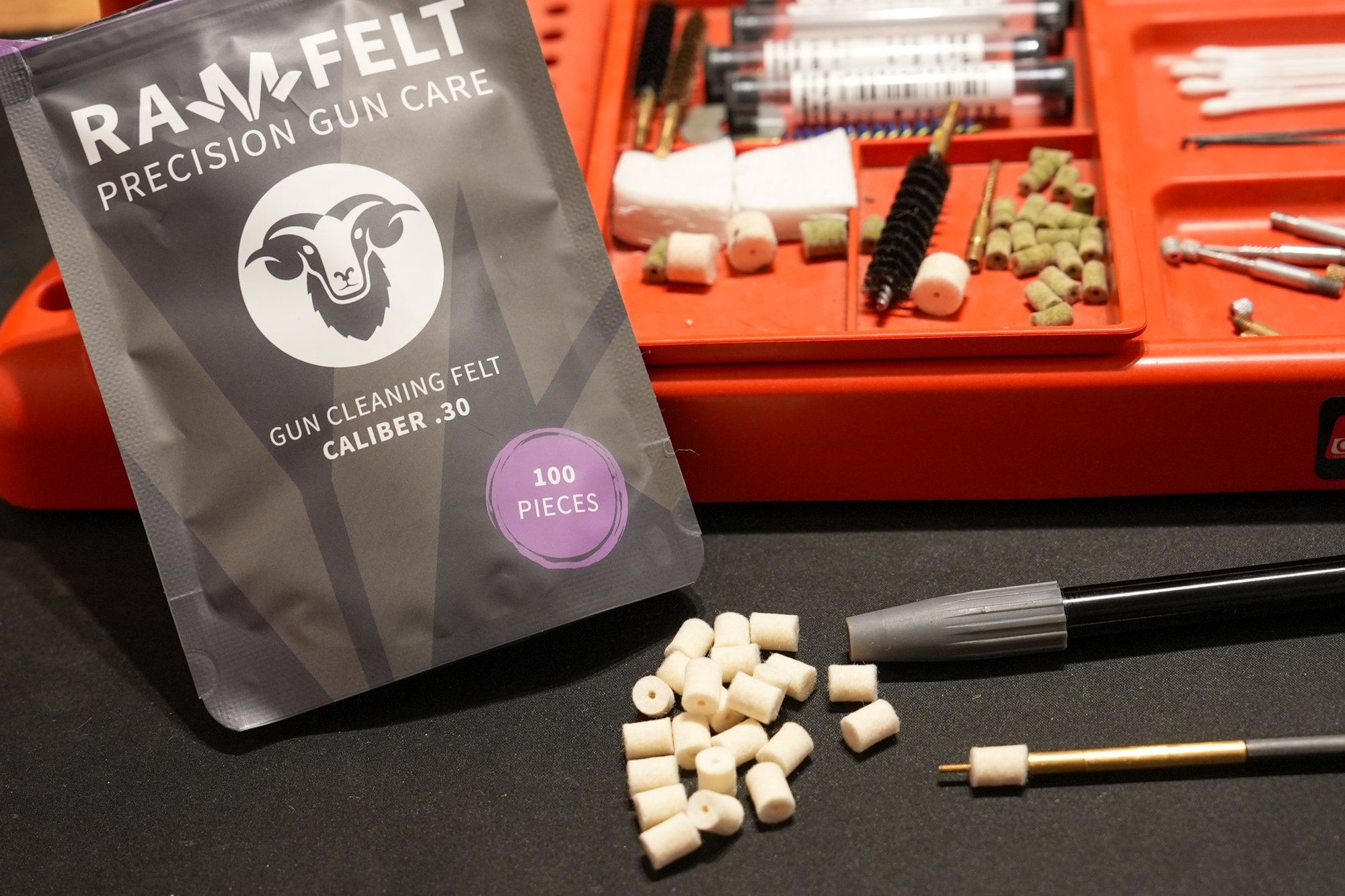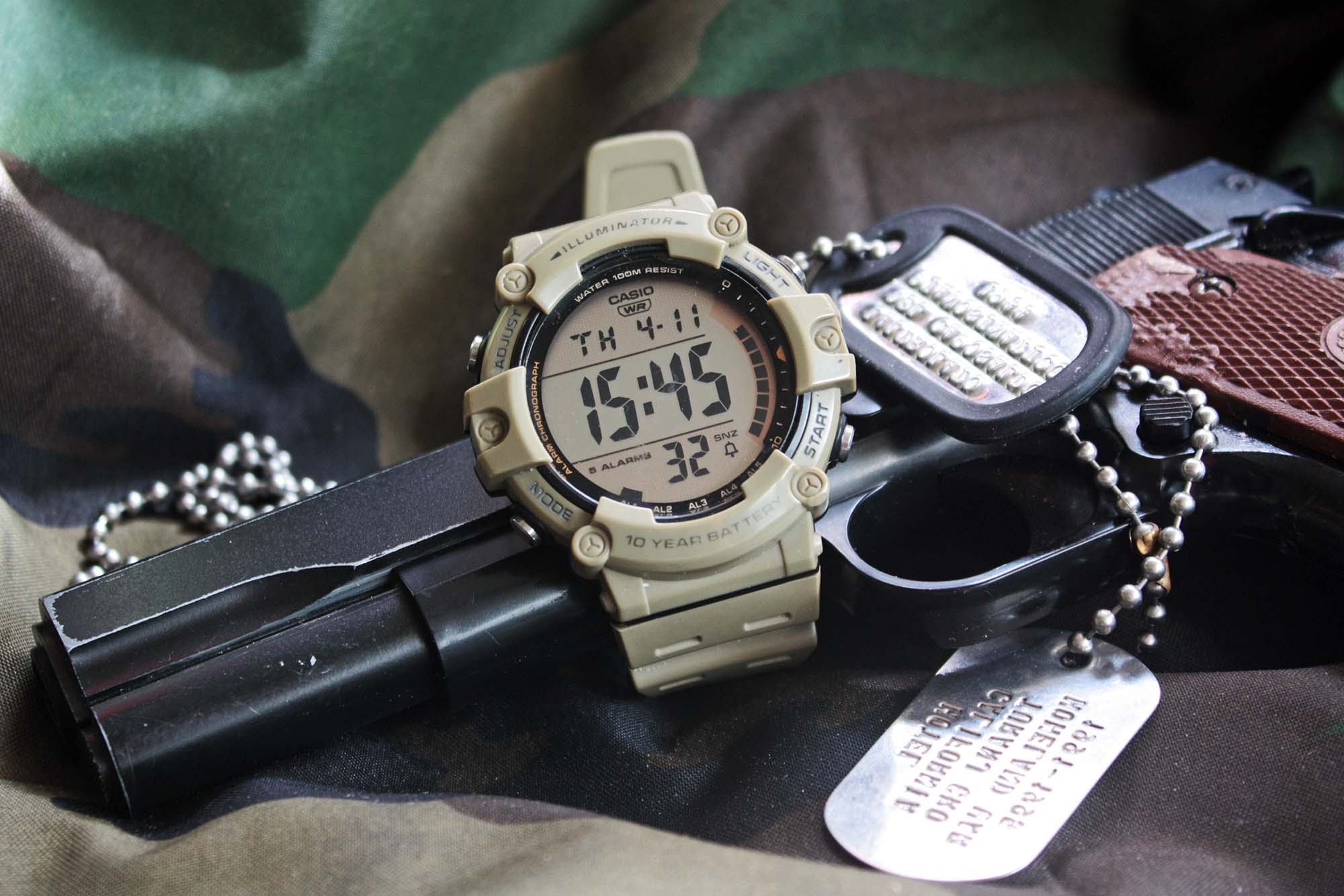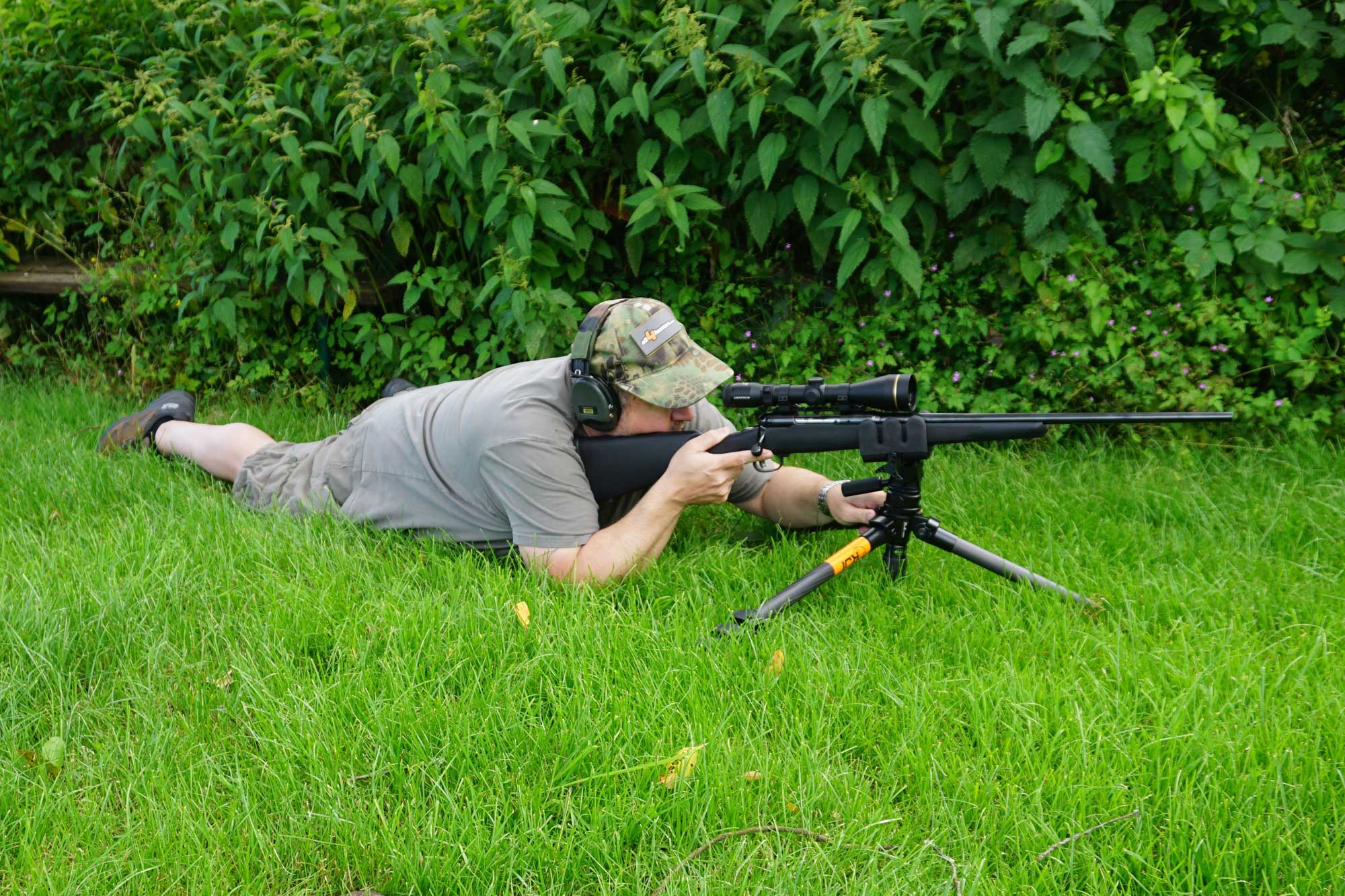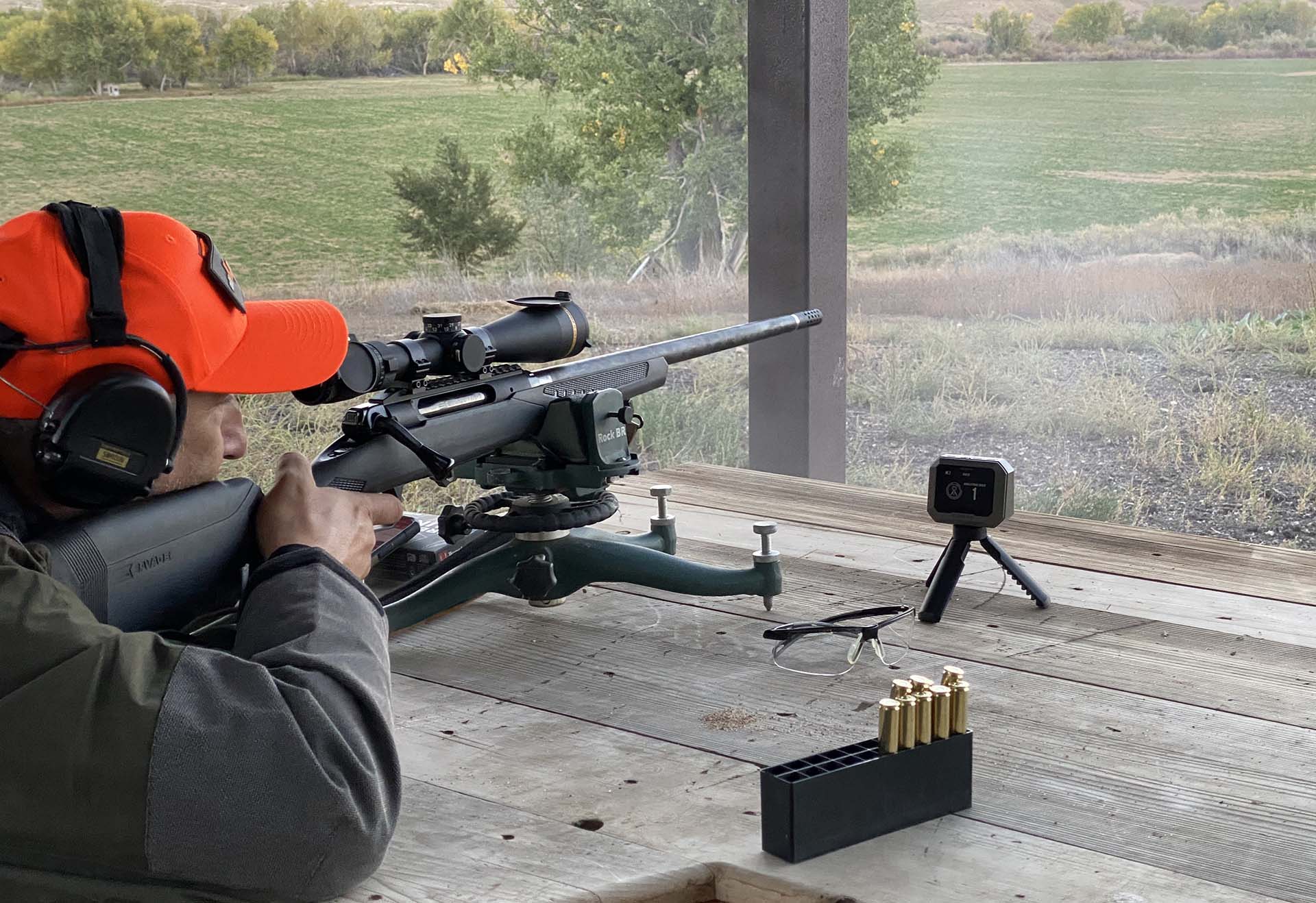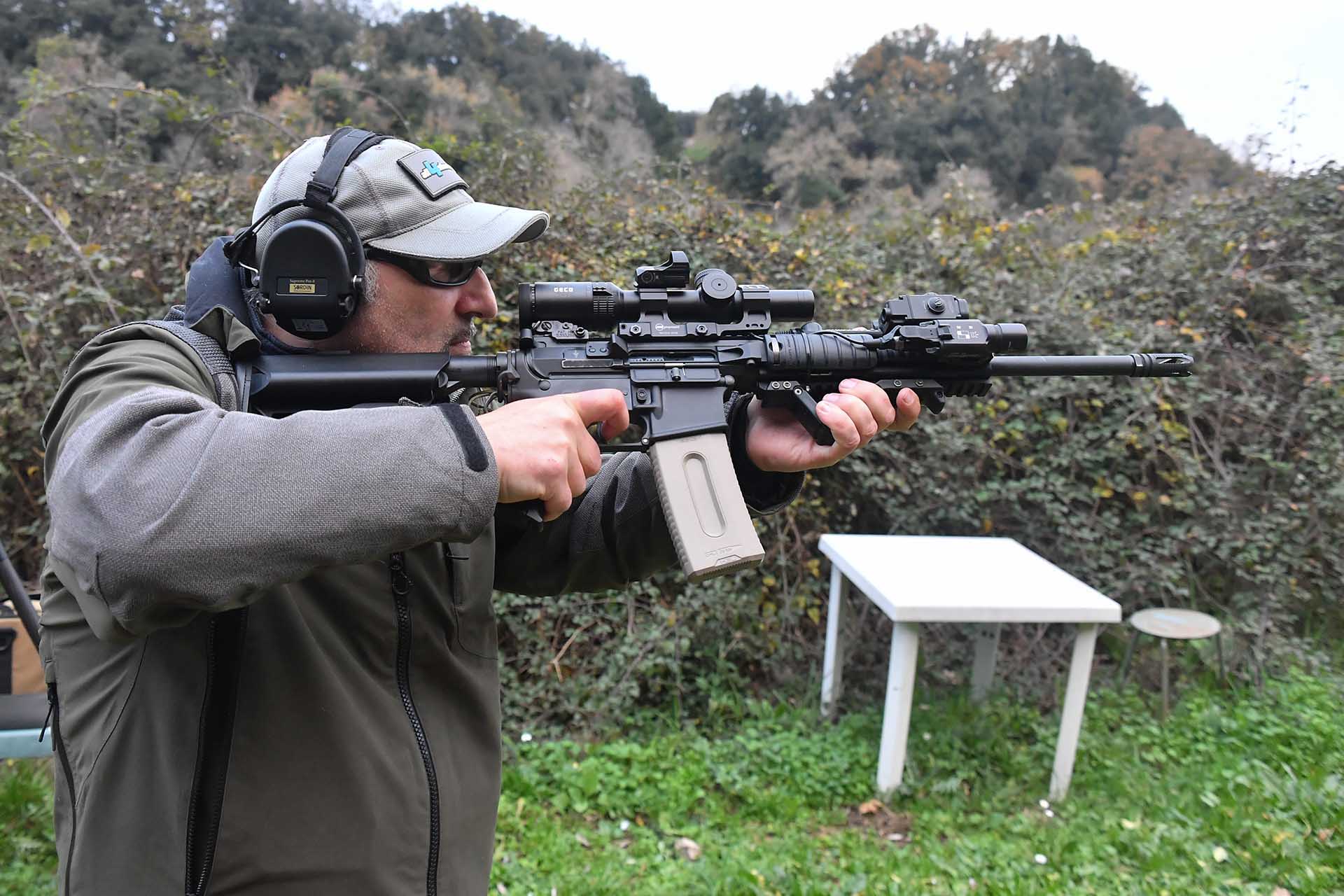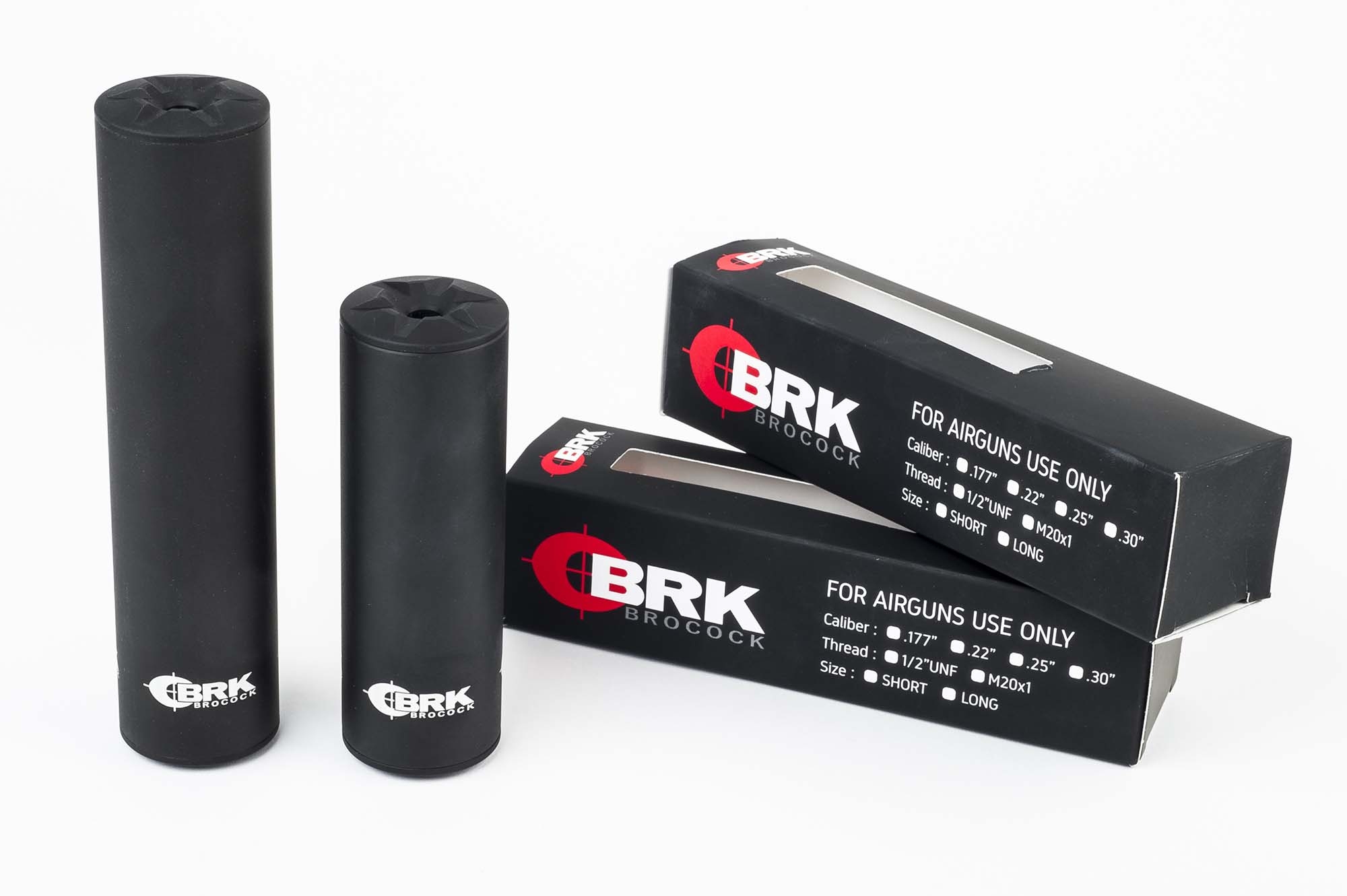If we take a closer look at the currently successful suppressor models on the market, similarities in the design features of a number of them clearly stand out: straight baffles with a continuous central inner tube, which has porting holes. The first designs of hunting suppressors with this design appeared as early as around the year 2000. At the same time, the original invention is not really directly attributable to anyone.
This is how suppressors for hunting rifles will be made in 2021
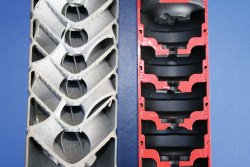
What is certain, however, is that the patent filed in 2000 is in the name of Hausken. The design caught on within a few years: whether ERA SOB, SIW, Roedale, A-Tech – many were inspired by the design for their own further developments.
If you look at the measurement results, where particularly small differences between first and subsequent shots can be observed, the question quickly arises as to why models such as ERA SOB 3D, Roedale Precision Hunter 55+, the SIW "Ultra" and Hausken "XTRM" variants do not actually exhibit a first round pop effect. What distinguishes the latter two models in particular from the respective standard type in terms of construction? They look exactly the same and weigh only slightly more.
And yet they are quieter, especially with the first round. What's different about these suppressors? The short answer is actually that little bit more coolness – but you don't realize it until you unscrew the jacket. A winding of metal mesh is revealed. A few years ago, Hausken discovered that the design still had room for huge improvement: the use of metal mesh. This acts as a heat exchanger and thus extracts energy from the hot gases. The mesh packings also provide significant physical resistance that slows the flow of gases – an effect comparable to coughing into fabric. The gases thus slowed and cooled now also react less with the atmospheric air still in the suppressor, so that the "afterburning" of the gases not yet converted, that otherwise often occurs during the first shot, is weaker.
Metal mesh in suppressors – more is not always better
From the second or even third round of a string, the latter advantage over the standard suppressor no longer exists. There is no oxygen left inside to react, only the already saturated gases from the previous shot. The metal mesh is already heated, so it can no longer absorb as much energy as it did earlier. It happens that with such suppressors even a "reverse first round effect" occurs, i.e. that the first round is actually somewhat quieter than the second or third ones. Incidentally, the manufacturer must carefully tune and test at this point in the development phase, because too much metal mesh will eventually become a disadvantage. If they fill the suppressor to the top, for example, this still slows down the gases, since they still have to flow through the mesh, but the winding also takes up valuable space! This then costs performance, because similarly to the old saying in the world of engines, the following also basically applies to suppressors: "There's no substitute for expansion space!" The suppressors in our test did not have this problem, of course, and delivered very consistent results, at least over short strings.
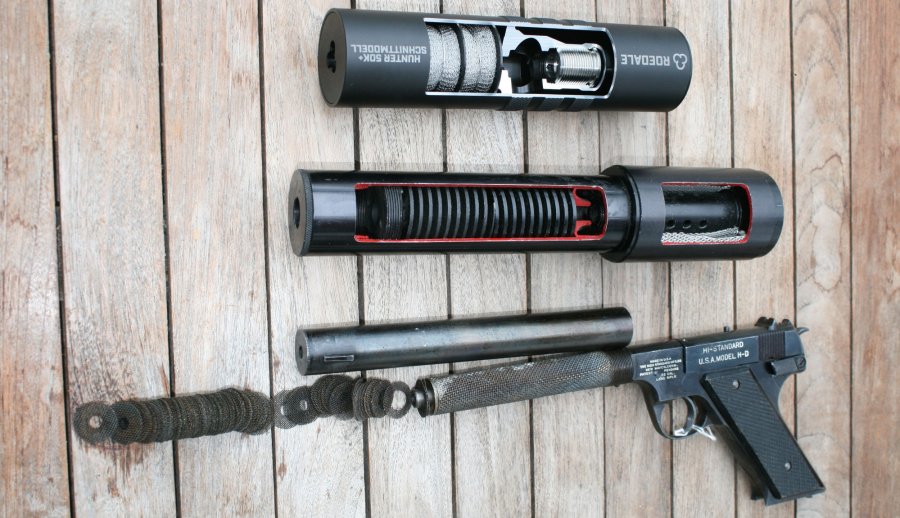
Important practical tip: care of suppressors for hunting guns
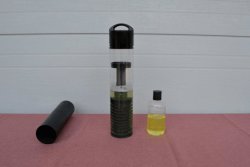
If metal mesh has only advantages when well tuned, why is it not used by all manufacturers? Quite simply: because the suppressor must then be maintained in the future! Suppressors are consumables, and replacing them is about as common in other countries as changing the brake discs on a car. In Europe, people may still believe that suppressors have to last beyond a hunter's lifetime, but this assumption is unrealistic. There will certainly be exceptions for models designed for military/law enforcement use that have a longer life than the rifle in normal civilian use. Here's an excerpt from the B&T Rotex product sheet: "Full auto capability until glowing red." But these suppressors are hardly used in hunting practice.
Instead, most "civilians" are made largely of aluminum for weight reasons. The material thicknesses are kept as low as possible, again for weight saving. This is quite sufficient; such a suppressor can withstand several thousand rounds. At least as long as it is not subjected to excessive pressure and heat, i.e. caliber specifications and cooling phases are taken into account. While this is meticulously observed by most owners, another discipline is largely neglected: cleaning, care and drying!.
For proper cleaning and care, the market now also offers a variety of products – because every suppressor needs both cleaning and care. Our tip: the suppressor cleaner from the Austrian manufacturer Fluna Tec. Please always remember: cleaning AND drying – these are the two most important aspects that belong together in order to avoid damage caused by corrosion when cleaning and caring for suppressors incorrectly. Therefore, please pay attention to both the manufacturer specifications of your suppressor and, of course, the application instructions of the cleaning agent used and its disposal. Then nothing can actually go wrong.
Our testers: Andreas Burth / Dr. Christian Neitzel; Editing: Dario Nothnick; Pictures: see Credits



